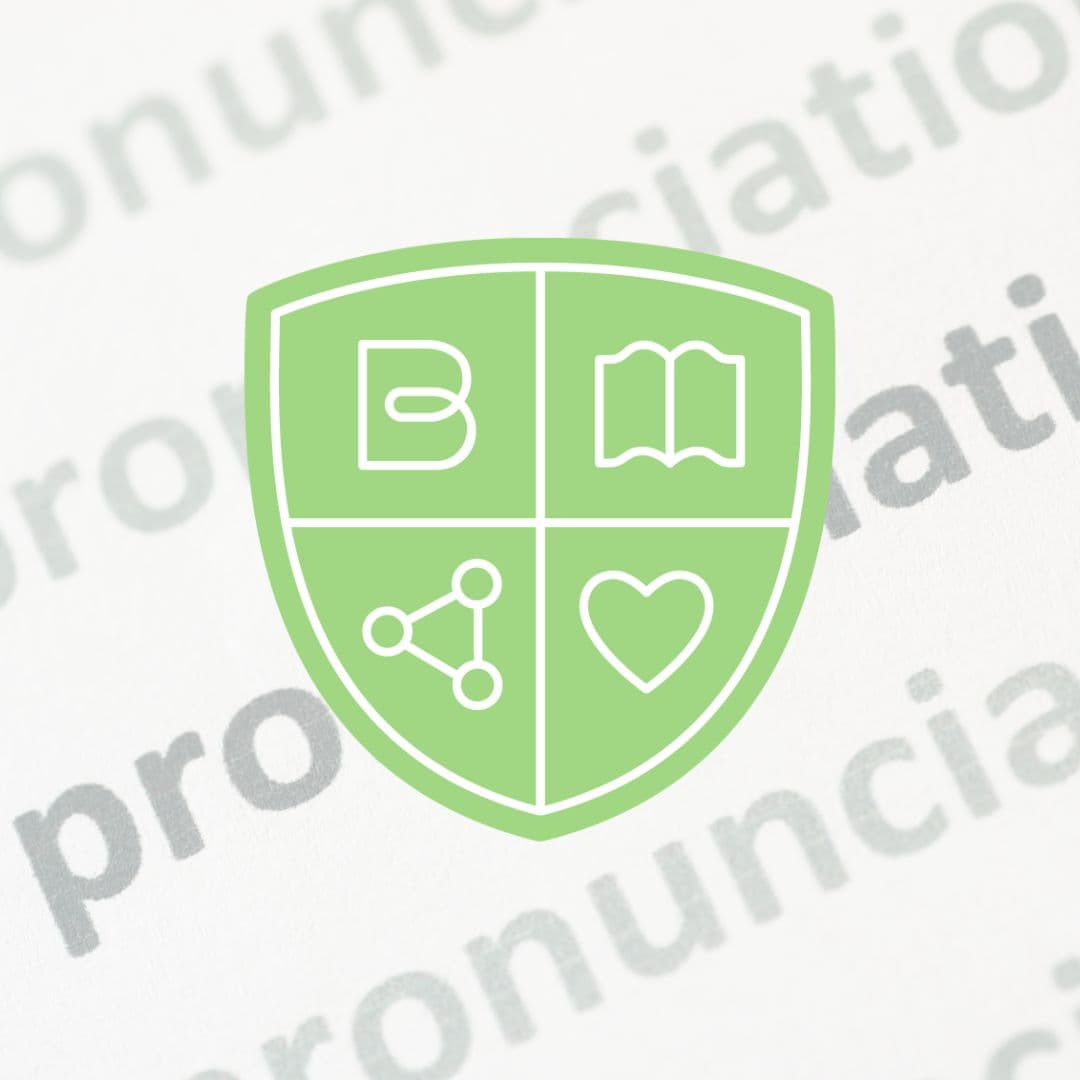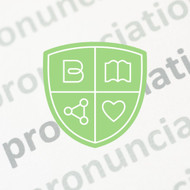Pronunciation Practice: Exercises & Activities
Posted by Brainspring on 11th Sep 2023

Teaching pronunciation is a key aspect of learning the English language and supports young learners' reading, writing, speaking, and listening skills. Proper pronunciation is essential for communication, as it helps students understand spoken language and be understood by others. Learning to pronounce sounds correctly builds phonemic awareness, which is important for decoding words while reading. When students develop strong pronunciation skills early, they are set up for more comprehensive literacy development.
The Role Parents & Teachers Play in Pronunciation Instruction
Parents and teachers play a crucial role in modeling correct pronunciation for young learners. Accurate pronunciation by parents and teachers allows students to mimic sounds and form words correctly. It’s important for us to correctly speak and spell words for young learners so they can replicate it.
Pronunciation Activities & Teaching Techniques
There are many different techniques parents and teachers can use to effectively teach students pronunciation. The following are some different ways we can go about this. Try each method and see what works best for your child or your students.
Multisensory Activities
Multisensory approaches make pronunciation practice engaging and more effective by involving multiple senses. Here are some multisensory techniques to try:
- Using Mirrors: Provide students with mirrors to watch their mouth movements as they make different sounds. This visual feedback helps students understand how to form each sound correctly.
- Discussing Tongue, Lip, and Teeth Placement: Explain the placement of the tongue, lips, and teeth when making different sounds. This shows students how to position these parts of their mouth to produce the sounds accurately.
- Using Rubber Bands for Vowel Lengths: Stretching a rubber band while saying long vowel sounds and keeping it unstretched for short vowel sounds. This helps students visualize the difference in vowel length.
- Listening Exercises: Teach students to listen for small differences between similar sounds by using minimal pairs (ex: "bat" vs. "cat"). This helps them make distinctions between phonemes.
- Visual Cues and Hand Signals: Use visual aids or hand signals to represent different sounds, giving students an additional cue to help them remember how to produce each sound.
Phonemic Awareness Activities
Phonemic awareness is the ability to hear and manipulate the individual sounds in words, and it’s a key skill for young learners to develop. Try these activities:
- Skill Intensives for Subtle Sound Differences: Use exercises to practice distinguishing between similar sounds, like /b/ and /p/ or /s/ and /z/. This helps students fine-tune their listening skills.
- Isolating Difficult Sounds: Practice challenging sounds in isolation before blending them into words. This allows students to focus on producing the sound accurately without being distracted by other elements of the word.
- Voiced and Unvoiced Sounds Practice: Teach students the difference between voiced (ex:, /b/, /d/) and unvoiced (ex: /p/, /t/) sounds. Have them place a hand on their throat to feel the vibration when making voiced sounds.
Accent & Syllable Stress Activities
Understanding syllable stress and accents is important for pronouncing words correctly because stress can change the meaning of a word. Try these:
- Thumb-Chin Trick for Accents: Have students place their thumb under their chin while pronouncing a word. The syllable where their chin drops the most is the accented syllable. This helps students identify which part of the word to emphasize.
- Explaining How Stress Changes Meaning: Use examples like "project" (PRO-ject) versus "project" (pro-JECT) to show how shifting the stress can change a word's meaning. This is important for pronunciation and comprehension.
Interactive Pronunciation Activities
Making pronunciation practice fun and engaging encourages students to participate more actively. Try these interactive activities:
- Using Tongue Twisters: Tongue twisters are a playful way to practice challenging sounds. They promote repetition and help students improve their articulation.
- Singing for Vowel Practice: Songs are great for practicing vowel sounds because vowels are continuous and can be held for long notes. Singing also adds fun and helps students remember the sounds.
- Over-Exaggerating Sounds: Encourage students to exaggerate sounds to feel the correct pronunciation in their mouth. This can help them notice small differences and become more aware of how to produce sounds correctly.
Additional Activities & Techniques
Some sounds are more difficult for young learners to master and require extra practice. Try these additional activities with your students:
- Speak as Much as You Can: Encourage students to speak frequently and insist on complete sentences when answering questions. This helps reinforce correct sentence structure and pronunciation.
- Record and Playback: Record students speaking and play back the recordings for them to listen to. Offer feedback on specific sounds or stress patterns. This allows students to hear their own pronunciation and recognize areas for improvement.
Teaching pronunciation is an important part of language learning that impacts young learners' literacy development. By using different techniques and activities, parents and teachers can help students build strong pronunciation skills. Early and consistent practice helps students understand individual sounds and increases their confidence in speaking.
Written by Ingrid Hartig
Ingrid is an Education Consultant with Brainspring.

Brainspring has proudly supported the educational community for more than 25 years.
Our Educator Academy provides educators in grades K-12 with comprehensive MSL Professional Development courses. Learn more about our courses here or reach out to our Partnerships Team.
The Learning Centers support students through one-on-one, multisensory tutoring sessions. Learn more about our in-person (available in Southeast Michigan) and Nationwide Online Tutoring.
